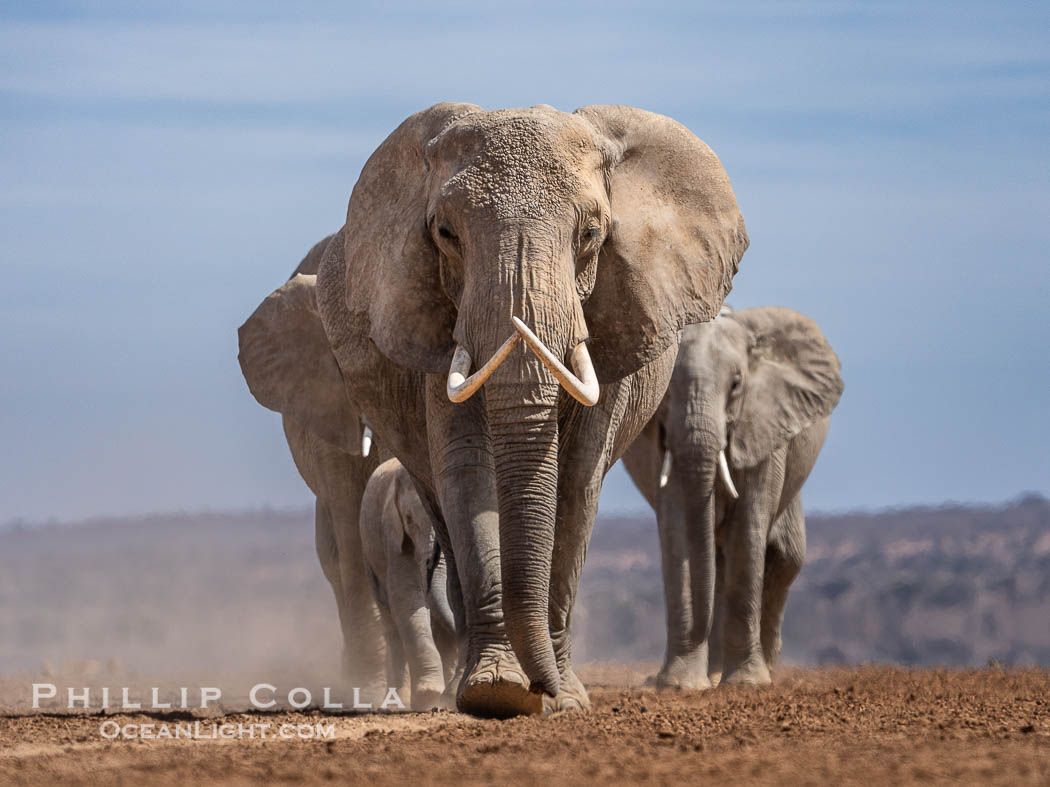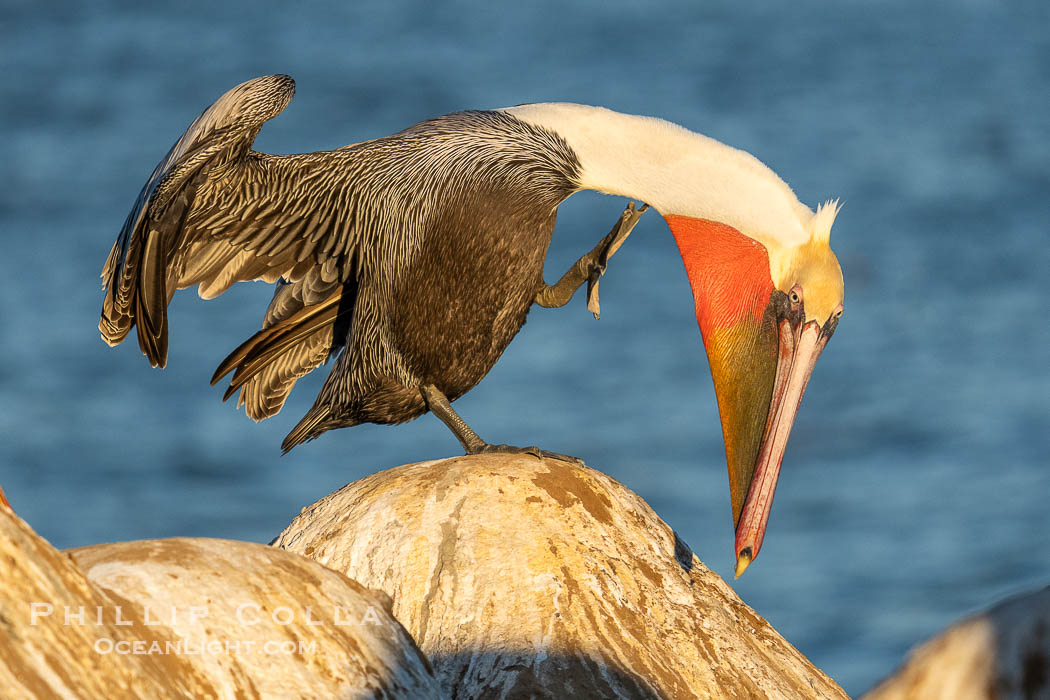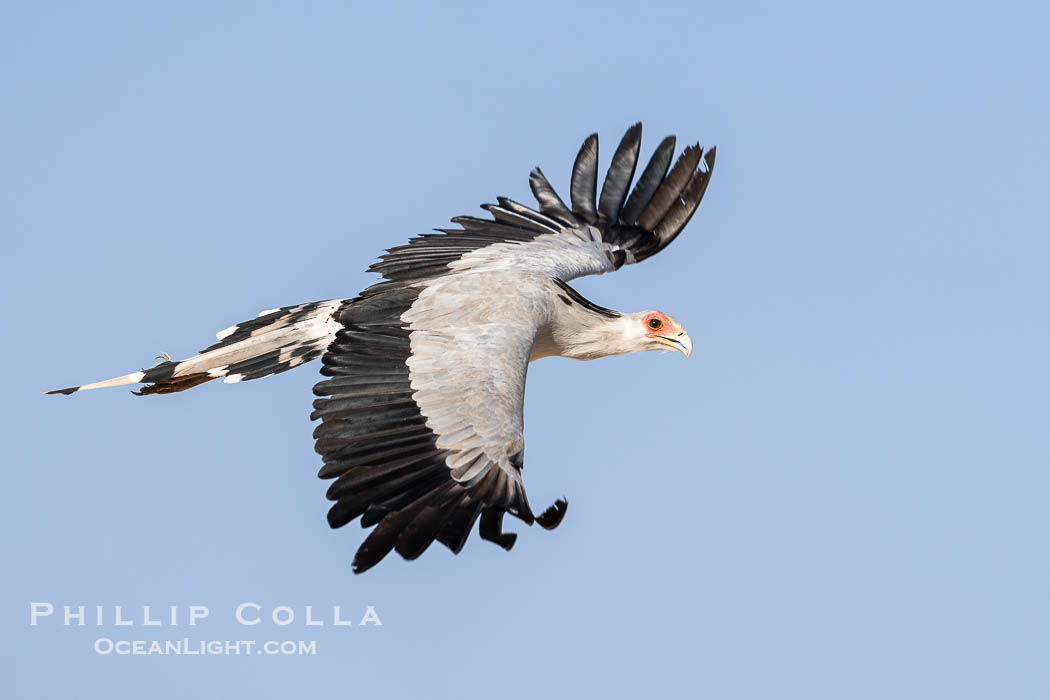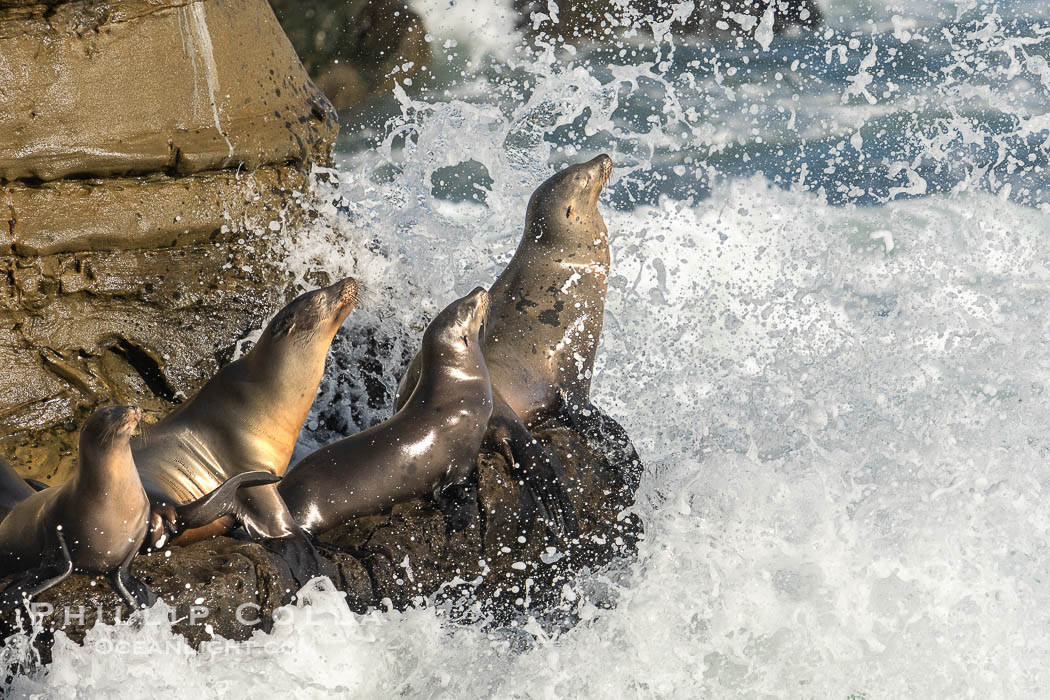I switched to a Sony Alpha One for my topside photography in May 2023. After shooting about 50,000 frames through it in Kenya and locally, I have thoughts.

African elephant herd crossing dry lake bed, Amboseli National Park.
Image ID: 39558
Species: African elephant, Loxodonta africana
Location: Amboseli National Park, Kenya
Background
Over the past 20+ years I have owned many digital cameras from all three manufacturers (Nikon, Canon, Sony). My underwater gear is committed to Nikon at the moment due to the inertia of changing housing systems, but once I destroy my existing housed camera system (D850) I will be free to consider mirrorless housed kits by any manufacturer. For long focal lengths topside, my choice of camera has long been dictated by the lens I preferred to use for years: a Canon 200-400 (EF 200-400mm f/4L IS USM Extender 1.4x), a superbly sharp and versatile lens that is just about perfect for safari or sports or even portraiture and long landscapes. Most recently I was using this lens with a Canon R5 and very happy with it. Even though it is not a native RF lens, the performance was incredible. The only downsides are that it is a big gun, heavy to hold and travel with, and is costs $10,000.
Nevertheless, in spite of my love of the R5 & 200-400 combo I decided to give Sony a try and see if it outperformed my benchmark. I bit the bullet with a Sony Alpha One, claimed by some to be the best autofocus on the market at the moment. (This I hear widely from bird photographers whose opinion I value since they have arguably the most difficult subjects for autofocus.) As a diving photographer I have long had to deal with insane amounts of gear, overweight fees, and the stress and uncertainty of whether my cameras will make it to my destination intact and will I be scalped with fees or check-in demands for a heavy backpack. I have wanted to lighten my gear for a while. This led to my decision to try the Sony 200-600 (FE 200–600 mm F5.6–6.3 G OSS G) as a replacement for my beloved Canon 200-400. The Sony 200-600 is not as fast (up to 1.3 stops slower) as the Canon 200-400 which means I lose a little bokeh and the autofocus system does not have as much light to work with. One the other hand, the Sony 200-600 is a native mirrorless lens (the Canon requires an adaptor to function on mirrorless cameras), covers out to 600mm without the need to engage an internal teleconverter, is a very new design (the Canon design is at least a decade older), and I guessed that the Alpha One’s autofocus was good enough to deal with the reduction in light. I was hoping that would lead to at least equal AF performance and perhaps an improvement over the R5 / 200-400 I was used to. I was also concerned that the Sony 200-600 was not classed as a “G Master” but rather as a “G”, meaning its glass and autofocus motors are not the brands best.

Two Adult Male Lions Fight to Establish Territory, Greater Masai Mara, Kenya. Both of these large males emerged from the battle with wounds, and it was not clear who prevailed.
Image ID: 39699
Species: African lion, Panthera leo
Location: Mara North Conservancy, Kenya

Lilac-Breasted Roller, Coracias caudatus, Masai Mara, Kenya.
Image ID: 39640
Species: Lilac-Breasted Roller, Coracias caudatus
Location: Maasai Mara National Reserve, Kenya

Flamingo, Amboseli National Park, Kenya.
Image ID: 39605
Species: Greater Flamingo, Phoenicopterus roseus
Location: Kenya
Conclusions
After about six months use I can say the Sony Alpha One and Sony 200-600 is an incredible combo. Let me count the ways. Note that some of these characteristics apply to the camera, some to the lens, and some to the two used in concert:
- Versatility: this lens covers an ideal range for a lot of wildlife photography. Bird photographers need more than 600mm, for that see “Use with teleconverter” below. Some wildlife permits focal lengths shorter than 200mm, in those cases pair it with the 70-200 which I did and have been very happy.
- Sharpness: my copy of this lens seems tack sharp at all focal lengths. I’m really impressed. I have owned many mid- and tele primes and zooms by Canon (70-200 f/2.8 and f/4, 100-400 both versions, 300/2.8, 500/4, 200-400/4/TC) and Nikon (200-400/4, 200-500), and honestly until this year the only one that was sharp enough for me at all focal lengths has been the Canon 200-400 with TC which is a $10,000 lens. The Sony 200-600 appears, to my eye, to be as sharp or sharper. Often tele-zooms are soft at one end (usually the long end), but I use the Sony 200-600 at 600mm much of the time and its sharp there.
- File detail: I generally do not crop my images much since one of my motivations is to print large, but the detail offered by the 50mp Alpha One sensor with a sharp lens is quite something, equal to or better than the Nikon D850 I use underwater and the Canon R5 I have been using for a couple years previously. You can crop these files hard if that’s your thing. For massive prints, this camera is fantastic; the panorama of downtown San Diego shot from Point Loma using the Alpha One and 200-600 is 6000 x 12000 with so much detail I can resolve individual people among the buildings in the distance.
- Autofocus: eye-detection in difficult situations. I have using the eye-detection autofocus almost 100% of the time and am really impressed with how well it works. I routinely shoot sequences of flying birds where the action is so fast I really cannot even see what happened in real time, but when I review the images the camera almost always manages to acquire focus on the eye at the beginning of the sequence and hold it the entire time. When in Kenya recently, I was shooting through thick grass often. The eye-detection worked really well, and I have many images of lion cubs behind grass where the eye is sharp and the soft grass in front becomes a pleasing part of the composition. The only criticism I have of Sony’s eye-detection system is that I am forced to choose between bird, animal or human. I’m not surprised Sony has three distinct focusing algorithms for those subjects. However, it would be nice if it had an additional mode where the subject type was determined automatically. I have the subject type (bird, animal, human) assigned to a top button so I can select it quickly. See below for a cheetah-in-grass or seal-in-moving-water images for situation where some autofocus systems might be fooled and fail to grab the eye or even the animal. I am so confident in Sony’s eye-detection system in these situations I usually use the large AF zone (about 60% of the frame) with eye-detection selected and let the AF logic do the work for me.
- Autofocus: consistency / accuracy; AF works very well in most situations. I am really happy with it. It is allowing me to capture images I have never been to get before, or get images with a higher keeper percentage than I could with any previous camera/lens combo. That said, there are occasional times the AF will not lock instantly on a subject. It may take a “moment” to find and focus on the subject. My theory is that this occurs in low light or low contrast situations and would be improve with a faster lens. I will be buying the 600 f/4 in 2024 and will be able to confirm my theory then. Note that I am not dissatisfied with this issue: I have experienced it to some degree with every camera I have owned and it means there is still room for Sony to improve its AF functionality.
- ISO performance: very good. With the Sony Alpha One I routinely use ISO up to 3200 and, provided I do not underexpose the image, I don’t think twice about using such ISOs. I even used ISO 20,000 and 32,000 while photographing (trying, really) a moving pride of lions at night by the light the moon, and actually obtained a couple keeper images. High ISO is quite good and I often photograph handheld well before sunrise or well after sunset when the subjects are available. The image of the jackal family was shot well after dark, handheld, with ISO 4000 and is plenty clean enough for printing or publication.
- Color rendition. I am happy with how color is rendered with the Sony Alpha One. When I owned and used the original Sony Alpha 7R, I thought something was off with the colors. It was hard to describe but I was never truly happy with those colors, and unfortunately I can’t explain why. Perhaps I was not processing them properly. Nevertheless, that’s water under the bridge, and I like what I am getting with the Sony Alpha One as far as colors go.
- Electronic shutter and rolling shutter. I almost never use the mechanical shutter with the Alpha One. I am a total electronic shutter convert now for, among other things, the lack of wear-and-tear on moving parts and 30-frames-per-second when needed. The only time I observe any rolling shutter artifacts is with hummingbird wings, otherwise I never see any rolling shutter problems.
- Bokeh. The Sony 200-600 is a stop slower than my old benchmark Canon 200-400. This is important, since we pay a lot of money for fast glass and we expect to shoot it wide open most of the time. There is no free lunch here: the Sony lens is slower (with a smaller maximum aperture). That is part of the reason the lens is so affordably priced. I do notice more in the background of my images, but in my opinion it is not a problem. And of course, one usually has some ability to select the background so one can somewhat compensate for a slower lens. With the subject distance and reproduction ratio being constant, if one can choose a background that is further away it will appear more out-of-focus regardless of the aperture being used. In other words, increase the ratio of background distance to subject distance and you will see softer backgrounds. See the images below for examples of what backgrounds look like with the Sony 200-600 shot wide open.
- Use with teleconverter. I was shocked at how sharp the Sony 200-600 is when coupled with Sony’s 1.4x teleconverter. In the old days we had general rules of thumb to expect softer images when a teleconverter is used, saying things like “close down one additional stop to compensate for the lack of sharpness the teleconverter induces”. Well, I honestly don’t see that when using the Sony 200-600 and a 1.4x teleconverter: the images look sharp enough for me. I am sure there is a measurable reduction in sharpness but I look at images in Lightroom at 200% and know whether something is publication quality at full- or double-page. The images I see with the Sony 1.4x are just fine, very nice and crisp. The image below of the pelican staring straight at the camera was made with the Sony 200-600 and Sony 1.4x at 600mm (effective 840mm) and is very sharp in the plane of focus.
- Hand-holdability. This lens is not what I would call a “big gun” and I find it very hand-holdable. I know some people would disagree. I have used it with a monopod and that is helpful in reducing arm fatigure when holding it for an hour or two, but I never see a need for a tripod except when shooting night and long exposure images. All the images from Kenya above and below were shot hand-held.
- G vs GM and cost. I mentioned earlier that I initially had concerns this lens was not “Sony GM” which is Sony’s premium grade lens line. No longer. In fact, I think the lens could command a much higher price than what it sells for today (about $1900 USD new with US warranty). It’s a steal for what it does.

Brown Pelican Closeup Portrait Intense Stare.
Image ID: 39815
Species: Brown Pelican, Pelecanus occidentalis, Pelecanus occidentalis californicus
Location: La Jolla, California

Brown Pelican Performs a Head Throw Lit By Sun on Pedestal Rock, dark ocean from storm clouds on horizon.
Image ID: 39820
Species: Brown Pelican, Pelecanus occidentalis, Pelecanus occidentalis californicus
Location: La Jolla, California

Brown Pelican Performs Yoga Pose Baddha Virabhadrasana, also known as Devotional Warrior or Humble Warrior. Winter adult non-breeding plumage.
Image ID: 39794
Species: Brown pelican, Pelecanus occidentalis californicus, Pelecanus occidentalis
Location: La Jolla, California

Hungry Black-Backed Jackal Kits Greet Adult at the Den, Greater Masai Mara, Kenya.
Image ID: 39721
Species: Black-backed jackal, Canis mesomelas
Location: Mara North Conservancy, Kenya

Secretary Bird in Flight, Sagittarius serpentarius, Amboseli National Park.
Image ID: 39581
Species: Secretary bird, Sagittarius serpentarius
Location: Amboseli National Park, Kenya

Cheetah in tall grass in the Masai Mara, Acinonyx jubatus, Kenya.
Image ID: 39628
Species: Cheetah, Acinonyx jubatus
Location: Maasai Mara National Reserve, Kenya

California sea lions hauled out on rocks in La Jolla Cove, splashed by huge waves.
Image ID: 39790
Species: California sea lion, Zalophus californianus
Location: La Jolla, California

Young Sea Lion In Foam and Waves In La Jolla Cove.
Image ID: 39808
Species: California sea lion, Zalophus californianus
Location: La Jolla, California

Sunrise Dawns over San Diego Harbor, Mount San Miguel in center, Mount Lyons to the left, and Harbor Island in the foreground. Viewed from Point Loma.
Image ID: 39828
Location: San Diego, California

Two Young California Sea Lions on a Wet Sand Beach in La Jolla, La Jolla Cove.
Image ID: 39835
Species: California sea lion, Zalophus californianus
Location: La Jolla, California

Endangered Brown Pelican Flying over the Pacific Ocean.
Image ID: 39837
Species: Brown Pelican, Pelecanus occidentalis, Pelecanus occidentalis californicus
Location: La Jolla, California

California Sea Lions at the Beach at La Jolla Cove, San Diego.
Image ID: 39846
Species: California sea lion, Zalophus californianus
Location: La Jolla, California



